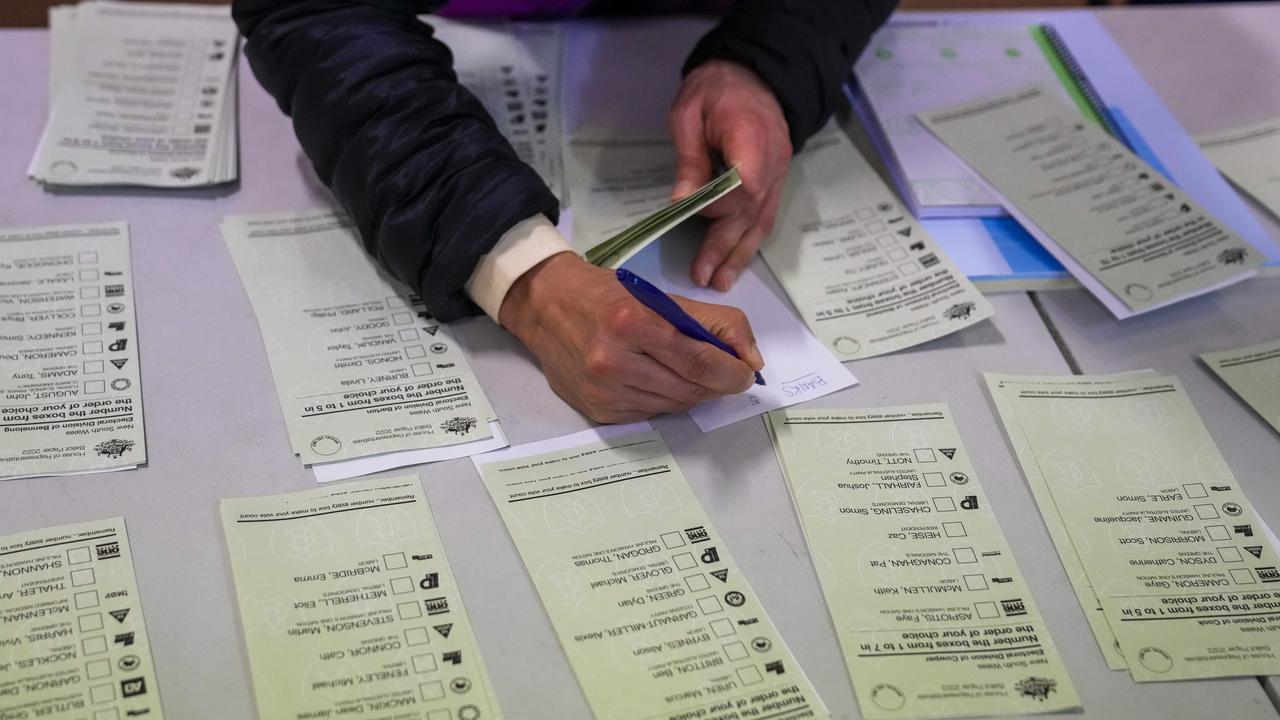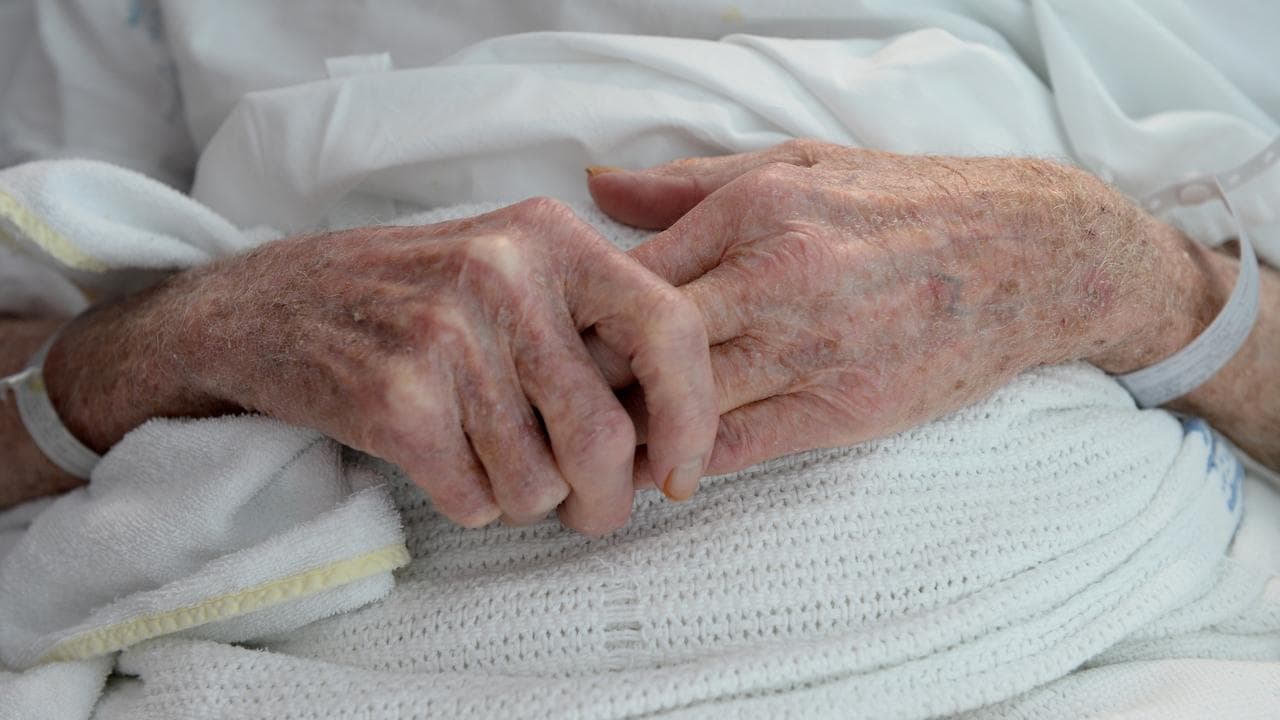WHAT WAS CLAIMED
Voters' preferences can be misdirected by the use of the two-candidate-preferred (TCP) vote on election night.
OUR VERDICT
Misleading. The TCP count is used to get an early indication of a result on the night, however all votes and preferences are counted in full in the days after.
A Facebook post has questioned the Australian Electoral Commission's (AEC) methods for distributing preferences during the counting of the federal election, even claiming electoral officers can arbitrarily direct votes to candidates that voters preference last on their ballot.
However, the AEC and an electoral expert told AAP FactCheck this is not the way votes are counted and there are no circumstances in which a vote can be directed to an elector's final preference in the House of Representatives.
The claim was made by sovereign citizen activist Darren Dixon in a May 22 video shared to Facebook by Know Your Rights - a libertarian group that believes, among other things, that the Port Arthur massacre was an operation designed by the government to "de-arm the Australian public".
Mr Dixon is joined by Know Your Rights' Mike Palmer in the 23 minute-long video.
"When a candidate is … in their (AEC officer's) opinion looking like they're going to be successful in that particular division, what they do is they start preferencing that particular candidate," Mr Dixon says. "So for example, if I filled in a ballot and I voted GAP (Great Australian Party) 1 for example and I put Labor last, what they do now is they preference that particular ballot to Labor, contrary to the intention of the elector" (video mark 6min 35sec).
He adds: "This is the problem because the actual preference and the intention of the elector is not being met so the practical operation of that particular provision is invalid" (video mark 7min 30sec mark).
As the basis of his claim, Mr Dixon points to Section 274 of the Electoral Act 1918. While making the point, Mr Palmer holds a piece of paper to the camera displaying section 2A of Section 274.
When asked for clarification, Mr Dixon told AAP FactCheck via email: "It is quite clear when section 274 of the Electoral Act is engaged the intention of the elector is undermined by the opinion of the electoral officers (sic) preference, this is what clearly prevails over the electors (sic) intention."
Candidates for the House of Representatives are elected if they get more than 50 per cent of the first preference vote. If not, the seat will be decided by the full distribution of preferences.
This involves excluding the candidate placed last and distributing their preferences among the remaining candidates. This then continues with the candidate who is second last, then third and so on until just two remain. This will often take place over several days following polling day.
However, in a bid to get an early indication of a result on election night, AEC staff conduct a two-candidate-preferred (TCP) count.
This is assisted by Section 274 (2A), which allows the electoral officers to predict the leading two candidates in advance so that preferences can start to be distributed towards them.
This amendment was introduced to the Electoral Act in 1992, after a parliamentary inquiry into the 1990 election recommended changes after slow preference distribution caused the result to only be known after four days.
Evan Ekin-Smyth, from the AEC, told AAP FactCheck any suggestion that officials are skipping over preferences come from those who "simply do not understand how the counting process works".
He explained the AEC picks the TCP candidates in advance based on a number of factors including historical voting patterns and even media coverage.
"However, if it becomes obvious that our estimated top two in a contest are in fact not the top two based on the votes, we stop that count," he said. "This is what happened in a number of House of Reps contests on election night (and does every election)."
Electoral analyst Dr Kevin Bonham agreed the system was about trying to give an early indication of results and had no sway on redistributing preferences against a voter's will.
"The TCP count for the (House of Representatives) has no impact on how a preference actually flows," he said via email. "It is conducted for information purposes only as an insight as to who might win the seat."
Dr Bonham also said it is impossible for a vote to reach a candidate put last on a ballot paper.
"If the voter has placed a candidate last then their vote will always be credited to the other candidate," he said.
Both Mr Ekin-Smyth and Dr Bonham explained that regardless of who is chosen on the night in the TCP count, a full count of all preferences is completed.
"First preference counts are undertaken for every electoral division and full distributions of preferences are undertaken for every contest as well," Mr Ekin-Smyth confirmed.
"The result will always reflect the will of the voting public, in line with the voting system. A two candidate preferred count is simply a mechanism to get an early indication."
The AEC details the counting process on its website.
In the video, Mr Dixon also claims that the election writs issued by the governor-general contravene the constitution because they lacked the advice of the Federal Executive Council.
AAP FactCheck previously found the election writs were issued in accordance with the relevant legislation and under the advice of then Special Minister of State Ben Morton, who was a member of the Executive Council.
The Verdict
The claim that preferences can be misdirected based on AEC officials predicting the leading two candidates on election night is misleading. The election night two-candidate-preferred count is conducted to give an early indication of the result. The AEC and an electoral expert confirmed all votes and preferences are counted in the following days.
Misleading – The claim is accurate in parts but information has also been presented incorrectly, out of context or omitted.
AAP FactCheck is an accredited member of the International Fact-Checking Network. To keep up with our latest fact checks, follow us on Facebook, Twitter and Instagram.












